Identify The Characteristics Of A Desktop Computer

Imagine a world before smartphones, before laptops seamlessly transitioned from our desks to our laps. The humble desktop computer, a steadfast sentinel, stood as the primary portal to the digital realm for decades. Its familiar hum, the rhythmic click-clack of the keyboard, and the glow of the monitor were the soundtrack and scenery of innovation, creativity, and connection.
This article delves into the defining characteristics of the desktop computer, exploring its core components, functionality, and lasting impact on technology and society. We will examine what distinguishes it from other forms of computing devices, highlighting its strengths and outlining its evolution.
The Desktop's Core Identity: Components and Functionality
At its heart, a desktop computer is a modular system. This modularity is one of its defining features, offering a level of customization and upgradeability unmatched by its portable counterparts.
The system unit, often referred to as the tower or case, houses the essential internal components. This is where the magic happens, and it's the central hub of activity.
Inside the system unit, you'll find the motherboard, the backbone of the computer. It connects all other components, facilitating communication and data transfer.
The CPU (Central Processing Unit), also known as the processor, is the brain of the computer. It executes instructions and performs calculations, dictating the overall speed and performance.
RAM (Random Access Memory) provides temporary storage for data and instructions that the CPU is actively using. More RAM allows the computer to handle more tasks simultaneously without slowing down.
The hard drive or SSD (Solid State Drive) provides permanent storage for the operating system, applications, and files. SSDs are generally faster and more durable than traditional hard drives.
The graphics card (GPU) handles the processing and rendering of images and videos. A dedicated graphics card is crucial for gaming and other graphically intensive applications.
The power supply provides the necessary electricity to power all the components. A reliable power supply is essential for stable operation.
The monitor displays the visual output of the computer. It's the window into the digital world.
The keyboard and mouse are the primary input devices. They allow users to interact with the computer and control its functions.
Distinguishing Features: Modularity and Power
The modular design of a desktop computer is a key differentiator. Users can easily upgrade individual components, such as the graphics card or RAM, to improve performance or extend the lifespan of the system. This contrasts sharply with the integrated nature of laptops and all-in-one computers.
Desktop computers generally offer more processing power and graphics capabilities than laptops at a similar price point. This is because they have more space for larger, more powerful components and better cooling systems.
Ergonomics also play a significant role. Desktop setups allow for a more comfortable and customizable ergonomic arrangement, with separate monitors, keyboards, and mice positioned for optimal posture and reduced strain.
The Desktop's Evolution: From Mainframe to Home Office
The journey of the desktop computer is a fascinating tale of miniaturization and technological advancement. It evolved from room-sized mainframes to personal devices that fit comfortably on a desk.
In the early days of computing, computers were massive, expensive, and inaccessible to the general public. They were primarily used by large organizations and research institutions.
The invention of the microprocessor in the 1970s paved the way for the development of smaller, more affordable computers. This marked the beginning of the personal computer revolution.
Companies like IBM and Apple played a pivotal role in popularizing desktop computers. They introduced user-friendly interfaces and software that made computers accessible to a wider audience.
The rise of the internet in the 1990s further fueled the demand for desktop computers. They became essential tools for communication, information access, and entertainment.
While laptops and mobile devices have gained popularity, desktop computers remain relevant in many areas. They are still widely used in businesses, schools, and homes for tasks that require high performance, reliability, and customization.
The Desktop in the Modern Era: Niche Applications and Enduring Appeal
Despite the proliferation of mobile devices, the desktop computer retains a strong foothold in specific areas. Its power and customizability make it ideal for tasks that demand significant processing resources.
Gaming is one such area. High-end gaming PCs offer unparalleled graphics performance and responsiveness, providing an immersive gaming experience that mobile devices cannot match.
Content creation, including video editing, graphic design, and 3D modeling, also relies heavily on desktop computers. These tasks require powerful processors, large amounts of RAM, and dedicated graphics cards.
Scientific research and data analysis are other domains where desktop computers are indispensable. They can handle complex calculations and large datasets with ease.
The desktop computer also offers advantages in terms of security and privacy. It is easier to secure a desktop computer from unauthorized access and malware than a mobile device.
Cost-effectiveness is another factor. For a given level of performance, a desktop computer is often more affordable than a laptop.
Conclusion: A Legacy of Innovation and Enduring Relevance
The desktop computer, once the undisputed king of the digital world, now shares its throne with a multitude of other devices. Yet, its legacy of innovation and its enduring relevance in specific domains are undeniable.
From its humble beginnings as a room-sized mainframe to its current form as a powerful and versatile tool, the desktop computer has transformed the way we live, work, and interact with the world. Its modular design, high performance, and ergonomic advantages continue to make it a compelling choice for many users.
As technology continues to evolve, the future of the desktop computer remains uncertain. However, its core principles of modularity, power, and customization are likely to influence the design and development of computing devices for years to come. The familiar hum of the desktop may fade somewhat into the background, but its impact on the digital landscape will forever resonate.


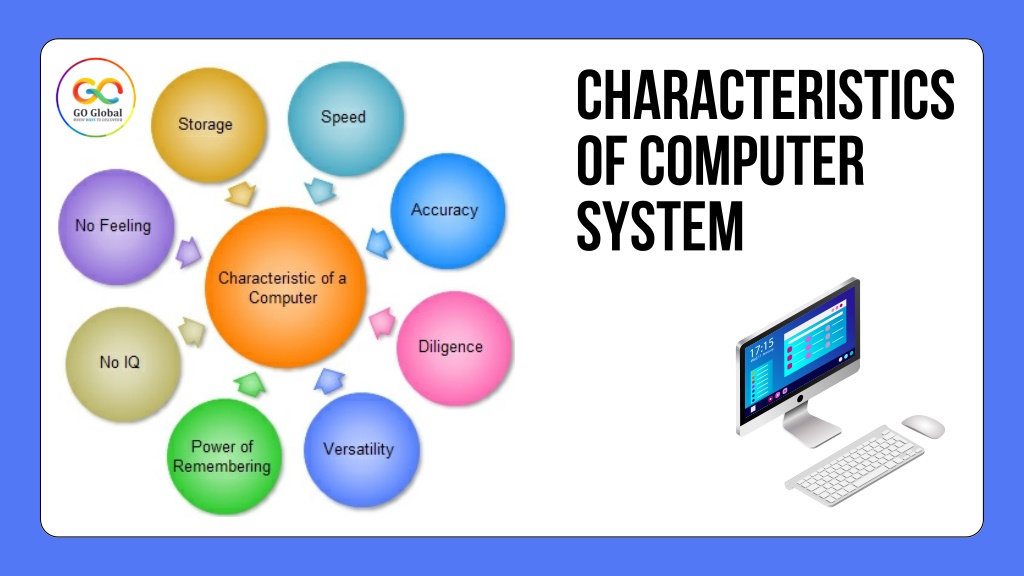
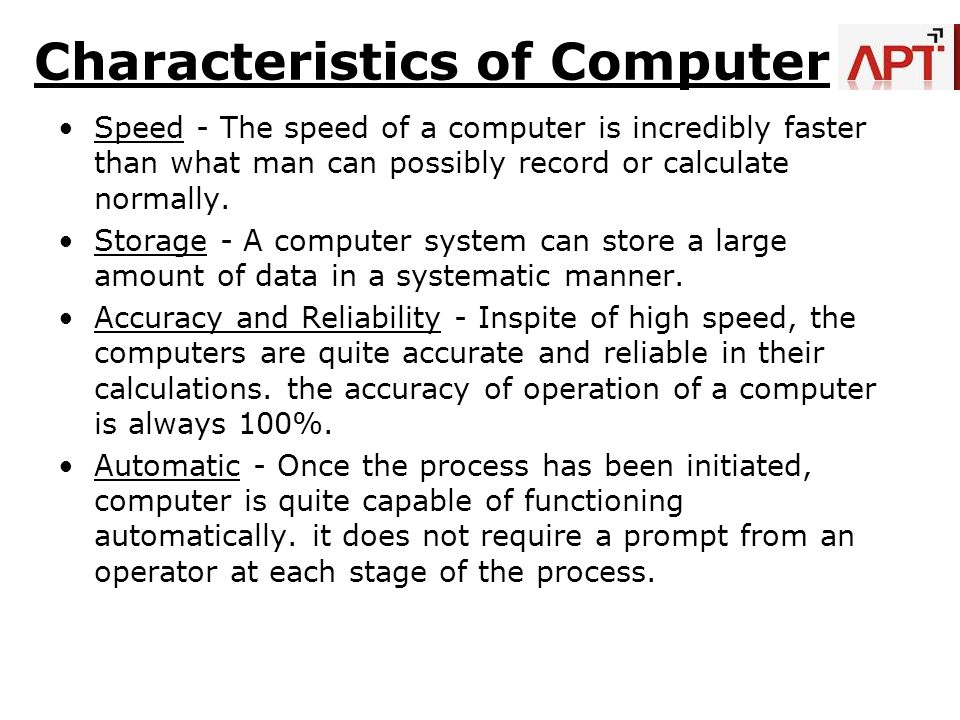

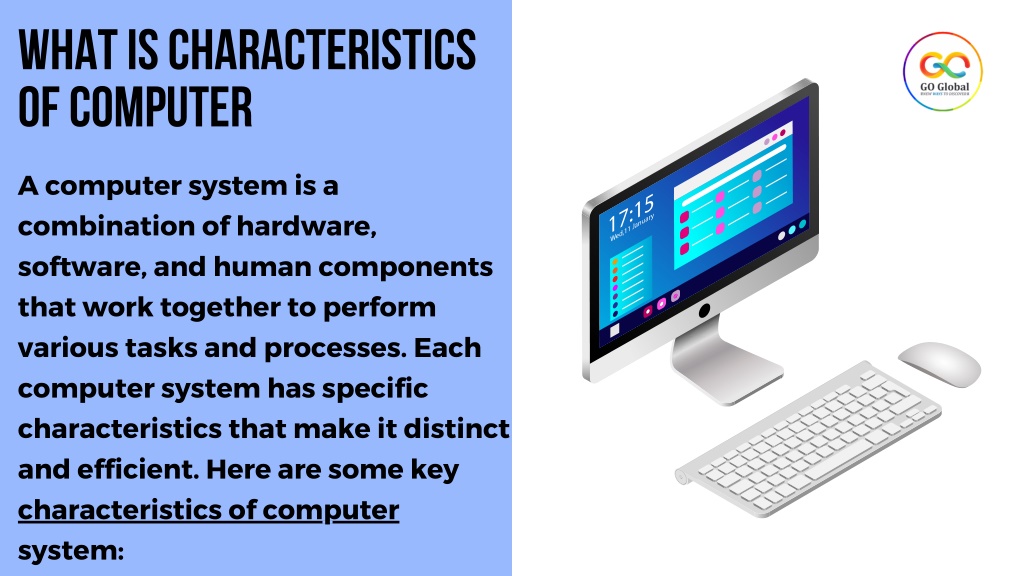
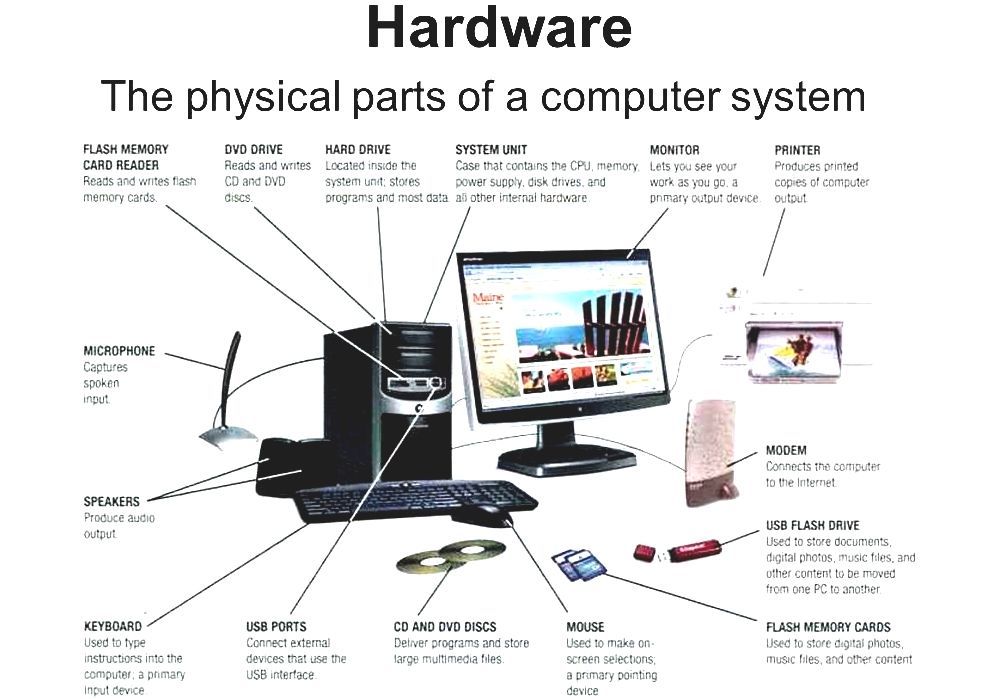


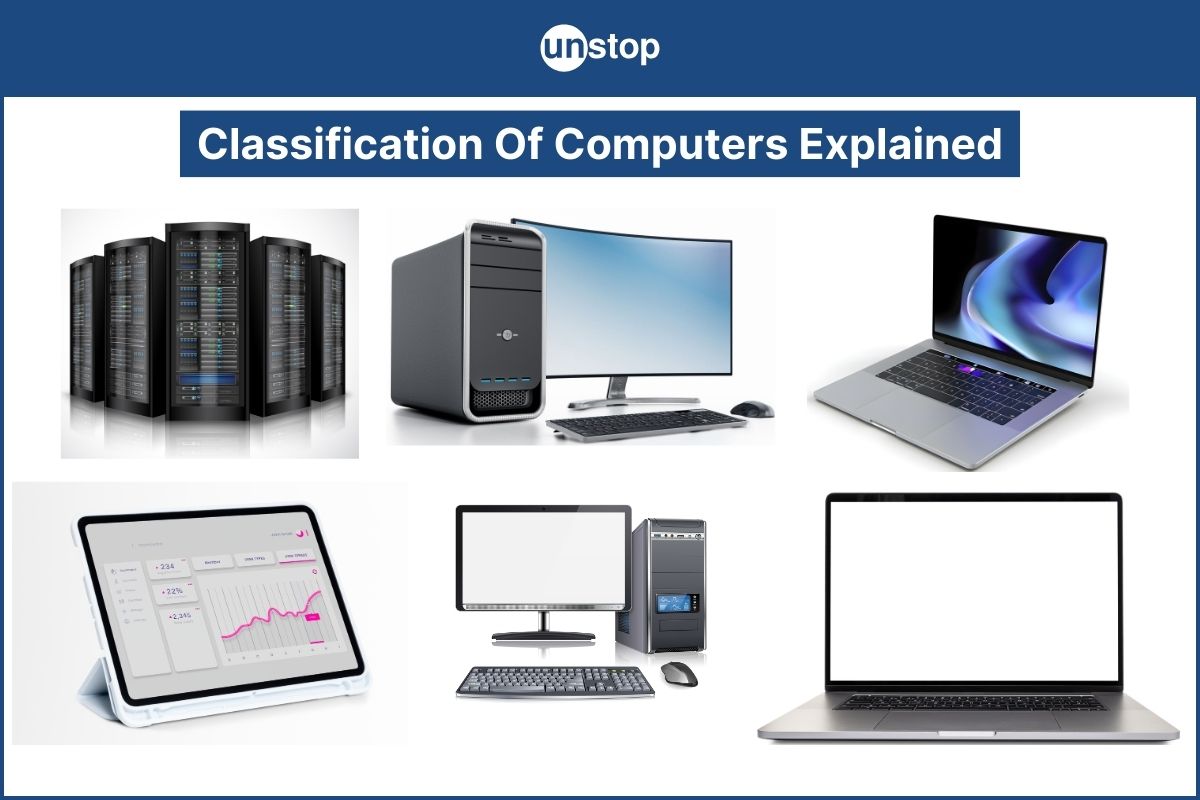


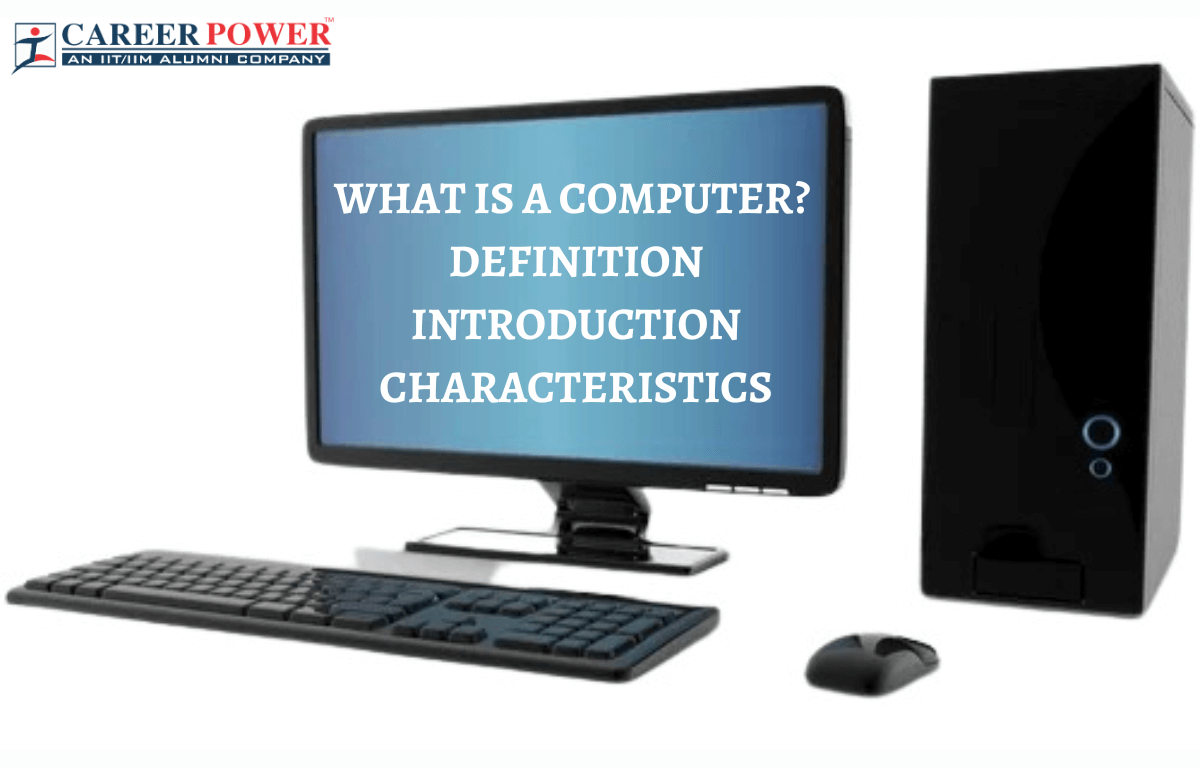

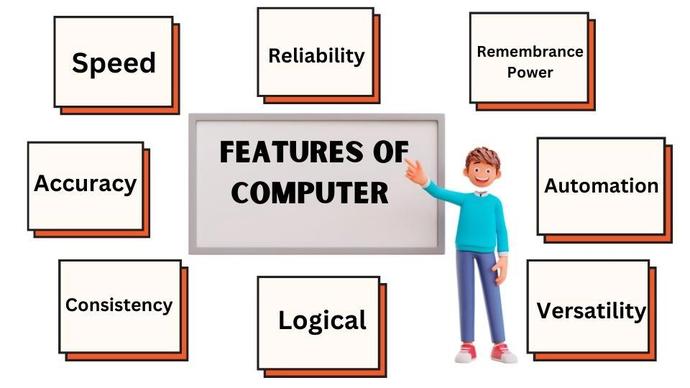
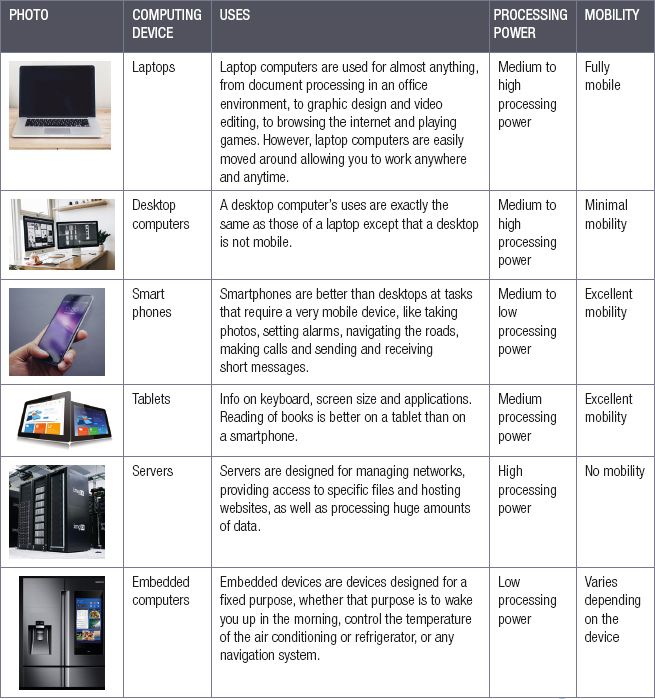
.jpg)
![Identify The Characteristics Of A Desktop Computer Characteristics of Computers [ 2024 ] - TestingDocs.com](https://www.testingdocs.com/wp-content/uploads/Characteristics-of-Computer-1024x576.jpg)
